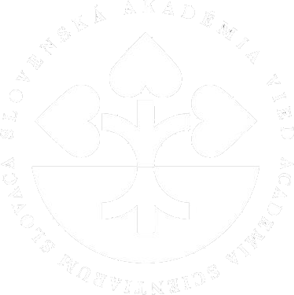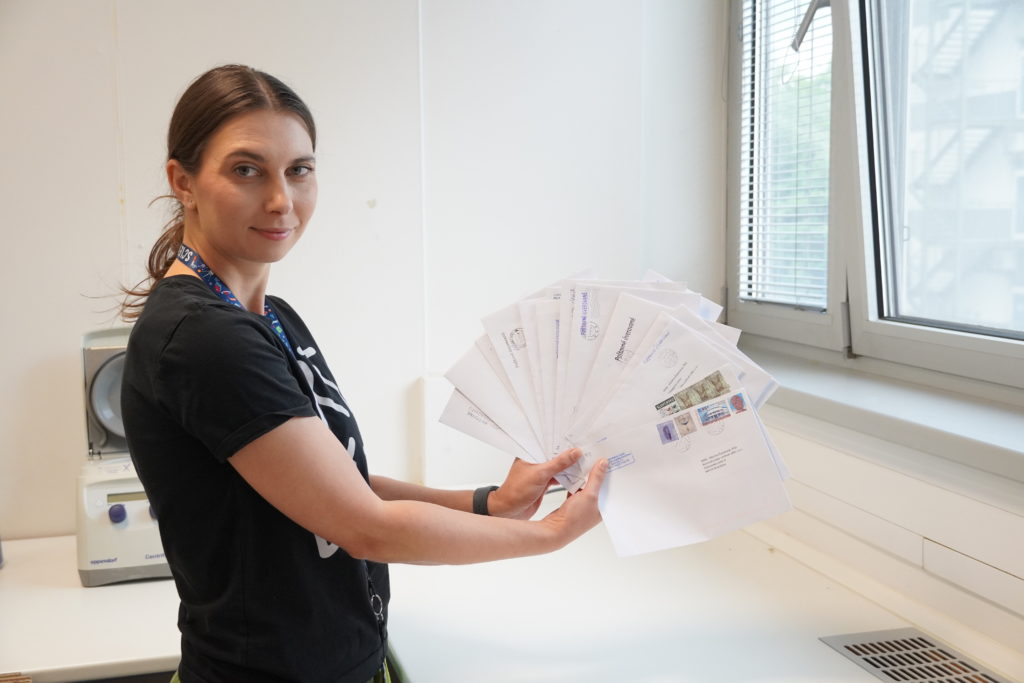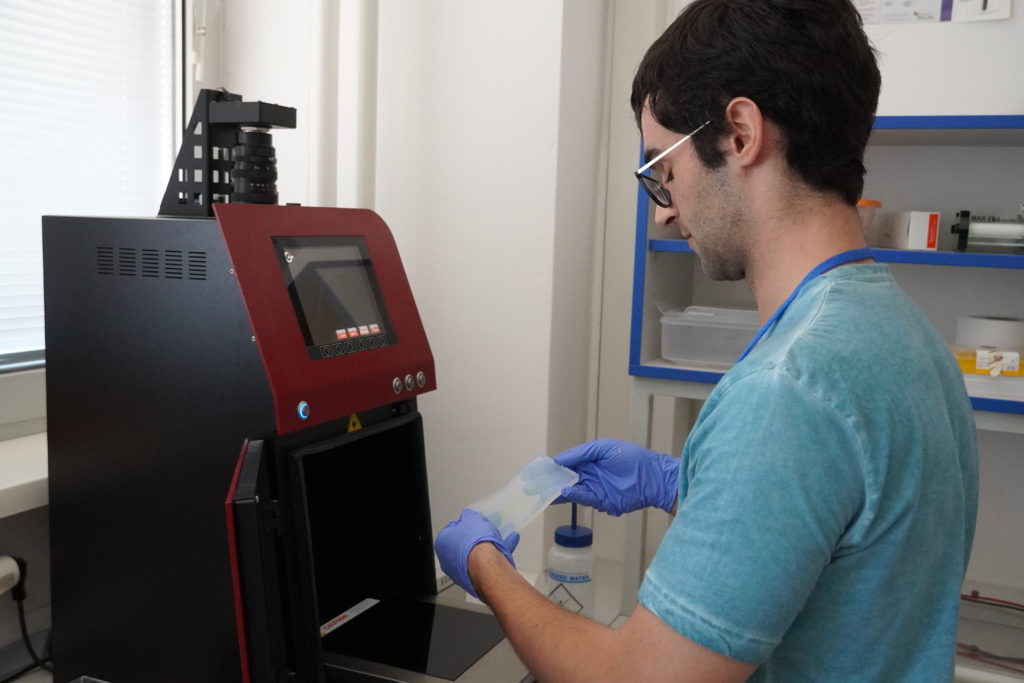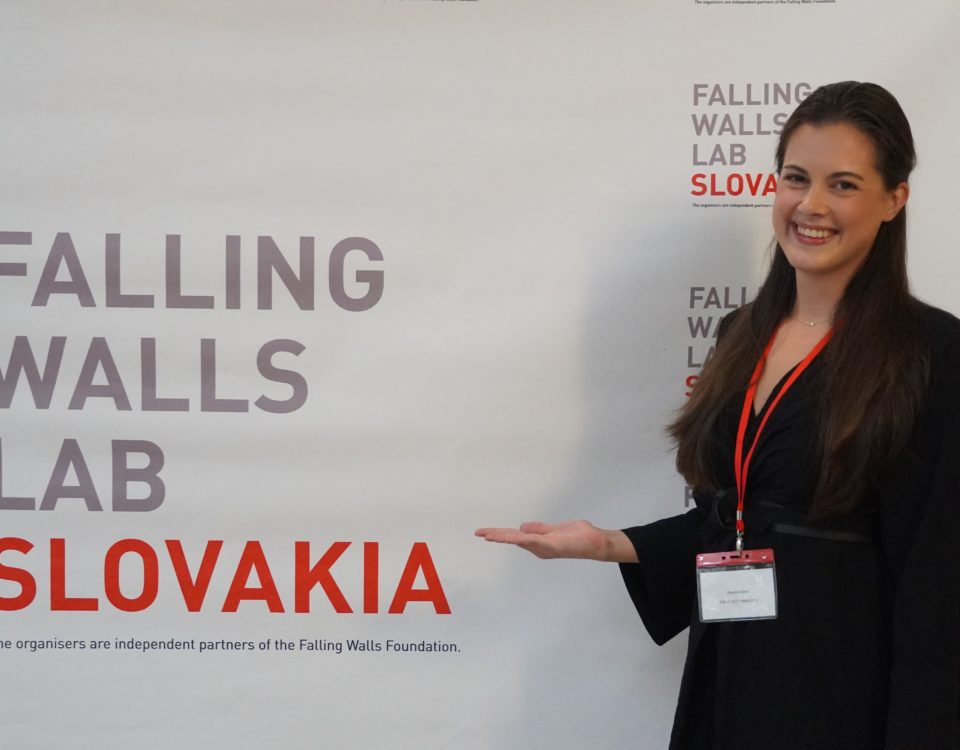This website uses cookies so that we can provide you with the best user experience possible. Cookie information is stored in your browser and performs functions such as recognising you when you return to our website and helping our team to understand which sections of the website you find most interesting and useful.
Monitoring of viruses in mosquitoes will be expanded and will also focus on invasive mosquitoes
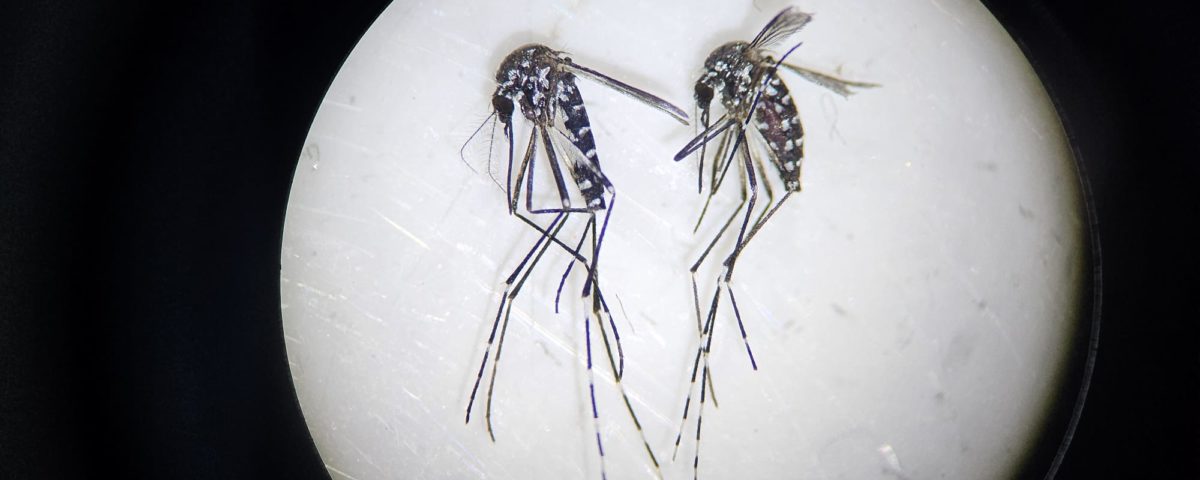
This year, the monitoring of viruses in mosquitoes in Slovakia will be extended to include invasive mosquitoes. Pictured here are tiger mosquitoes, which have already managed to establish in our country, under a microscope.
The Biomedical Research Center of the Slovak Academy of Sciences (BMC SAS), in cooperation with regional public health authorities, has launched the second round of nationwide monitoring of mosquito-borne viruses, namely West Nile virus and Usutu virus in 36 Slovak localities, introducing several innovations.
BMC SAS scientists have managed to improve the methods so that they can now also monitor invasive mosquito species. At the same time, in cooperation with the Slovak Ministry of Transport, monitoring will begin at Bratislava’s M.R. Štefánik Airport, where we will also monitor the occurrence of tropical viruses such as Zika, dengue and chikungunya. The monitoring of viruses will be carried out until the end of October.
“We are starting to receive the first DNA and RNA samples from mosquitoes from various Slovak locations for analysis, and we will publish the results regularly on our website. This data can help residents in the affected areas to reduce the risk of infection, as the viruses are mainly transmitted by house mosquitoes, which people often unknowingly create suitable breeding sites for in their gardens,” says the project leader, Dr Viktória Čabanová from BMC SAS.
The monitoring, which was carried out for the first time last year, uses a trapping method that saves both time and money. It captures mosquito saliva on special cards. This is the first time this method has been used in Slovakia and on such a large scale.
The mosquito traps contain honey-soaked cards that attract gravid female mosquitoes, which are already sucking blood and have a greater chance of being infected.
Last year, thanks to monitoring, several patients with West Nile and Usutu virus in Slovakia were correctly diagnosed and testing of donated blood was initiated. Scientists recorded the highest number of positive mosquitoes in August and September.
Usutu virus was identified in mosquitoes in the districts of Košice, Dunajská Streda, Levice, Svidník, Prievidza, Nové Zámky, Veľký Krtíš, Senica and Humenné, and West Nile virus in the districts of Nové Zámky and Košice.
Both viruses are transmitted by transfusion, and since blood recipients have weakened immunity, infection with the more severe West Nile virus in particular often has a worse course than in the general population. However, most infections are asymptomatic.
The mosquito trapping method introduced by the team led by Dr Čabanová has also attracted attention abroad. “The results of our monitoring were very well received at an expert workshop in Antwerp, where several foreign research teams expressed interest in our method,” adds Dr Čabanová.
Contact persons:
Ela Rybárová, PR Manager, BMC SAS, tel.: 0911 744 756
Dr. Viktória Čabanová, Independent Researcher, Institute of Virology, BMC SAS, viktoria.cabanova@savba.sk
- Dr. Viktória Čabanová with envelopes containing cards with mosquito saliva samples from regional public health authorities.
- Analysis of mosquito saliva samples in the laboratory.






